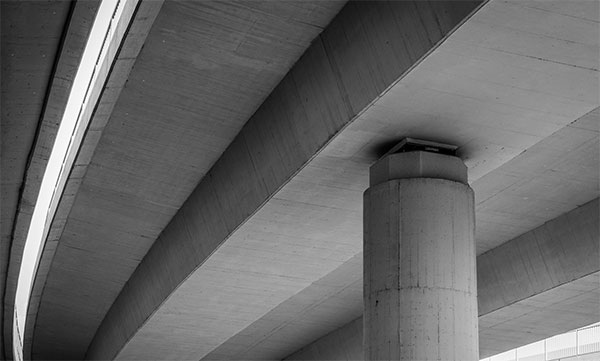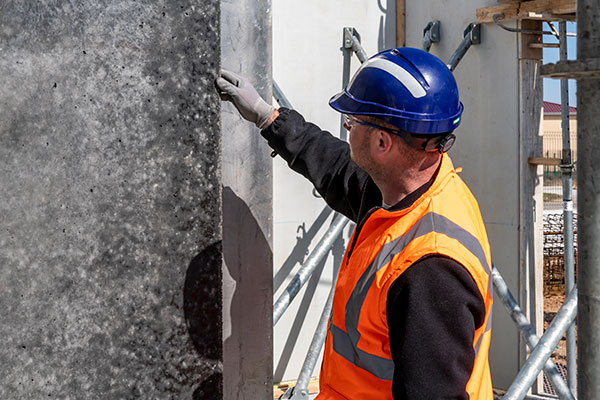Solutions for sustainable building materials production
Reducing the greenhouse gas emissions within the building materials industry is a critical challenge for economies across the world. By example, the SOLER Group proposes a range of biocarbon products which can significantly reduce the clinker to cement ratio, supporting the cement production sector on its way to decarbonize its operations.

We propose a range of biocarbon products which can significantly reduce the greenhouse gas emissions within the building materials industry.
The quest for low carbon concrete
Concrete is the most manufactured and used material on the planet. With all its versatile applications in the building and construction industry, it has to a great extent shaped our modern societies. Worldwide, around 30 billion tonnes of concrete are produced each year.
However, the environmental footprint of this abundant material cannot be neglected. Concrete is basically composed of cement and aggregates, the former mainly acting as a binder for the latter. Currently estimated at 4 billion tonnes a year, the production of cement has a significant impact on the climate, and it is everywhere on the rise due to the increasing demand for concrete.
The huge carbon footprint of cement production accounts for approximately 8% of the world’s carbon dioxide (CO2) emissions. Considered one of the largest greenhouse gas emitters on the planet, the cement industry is actively searching for solutions to lower its carbon footprint and manufacture greener concrete products.
As one of the largest GHG emitters on the planet, the cement industry is searching for solutions to lower its carbon footprint.

Can cement become eco-efficient?
Cement is primarily made of clinker, an intermediary material produced in high temperature kilns where limestone or aluminosilicate materials are calcinated. The production of clinker is the most carbon intensive phase in the supply chain of cement, amounting to almost all the CO2 emitted during the whole manufacturing process. These kiln-stage CO2 emissions are generated both by the heat-generating combustion of fossil fuels and by the chemical reactions of the materials used.
Considering that the sole production of clinker, the main constituent of cement, is therefore responsible for the bulk of the sector’s greenhouse gas emissions, attempts at manufacturing low carbon concrete must understandably focus, first and above all, on the production of clinker.

Reducing the proportion of clinker used in the production of cement is one of the most promising solutions for concrete decarbonization.
Natural clinker substitute
Reducing the proportion of clinker used in the production of cement is one of the most promising solutions for concrete decarbonization. This can be achieved by the development of new materials fit to replace the carbon intensive clinker products. Lowering the clinker to cement ratio, on a mass basis, is currently seen as an important objective of low carbon concrete production. Developing solutions that decrease this ratio, and hence the amount of clinker used, can contribute to a significant reduction of the CO2 emissions.
Using the biocarbon produced by the Carbonex technology in cement blends can lead to a significant reduction of the CO2 emissions.

CARAT project demonstration/ Picture credit: Denis Morel
CARAT: First success of carbon-negative cements
As an answer to the challenge, the SOLER Group offers a range of biocarbon products which can be used as additives in cement production and thereby reduce the need for clinker. Our collaboration with the Vicat Group, an international cement manufacturer, has shown that using the biocarbon produced by the Carbonex technology in cement blends can lead to a significant reduction of the CO2 emissions, amounting to nearly 90% of the carbon footprint per cubic meter of produced concrete. How? The carbon contained in the biocarbon is sequestrated in the cement for thousands of years. The first cements developed with the SOLER Group’s biocarbon have proven to have a negative carbon footprint while retaining all the properties of traditional cement. The new environment-friendly binder developed by the Vicat Group with the SOLER Group’s biocarbon has led to the successful building of structural walls for the Corbioli company in France.


